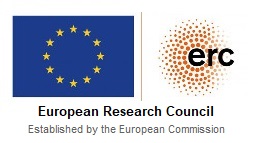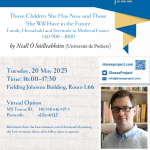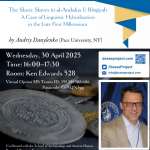Domestic Slavery in the World of Late Antiquity
Headlong change enveloped the greater Mediterranean world of Late Antiquity. A shared ocean acted as a centrifuge spinning a process of transformation that ended the ancient world and ultimately produced a medieval landscape. Latin Christendom, the Byzantine Empire, and the Islamic Caliphate inhabited the space once occupied by the Roman Empire. From the reign of Emperor Constantine I (306-337 AD) to the end of the ninth century AD (the late third century AH), an age of crisis and resilience forged a new social order, one in which venerably old and startlingly new identities competed for prominence, while communities renegotiated or reinforced longstanding hierarchies, customs, and practices. The Christian Church established itself as the defining institution of the Latin West and Greek East. Islam ascended in the Near East, North Africa, and Spain. And Jewish communities developed a unique network that crossed the whole region. Though the Roman Empire disintegrated, the inherent interconnectedness of the region continued to assert itself across newly emerging political and religious boundaries. The household – the fundamental unit of social organisation – functioned as the workshop, the atelier, in which collective identities and social relationships were rapidly redefined or aggressively defended: male/female, slave/free, adult/child, local/foreign, and so forth. Those people enslaved within these domestic spaces, who were mostly (but not exclusively) women and children, found themselves vulnerable to violence and sexual exploitation in a manner deeply associated with this wider restructuring of society. Their presence, their response, and their agency in this process dynamically influenced the outcome of the transformation itself: a new, medieval world – the direct ancestor of our modern era – deeply indebted to this historic process of dynamic change.
About the Project
DoSSE Project brings together a team of scholars to investigate the sexual exploitation of people enslaved within the households of the greater Mediterranean world from c. 300 AD to c. 900 AD (287 AH). The project aims to produce a step-change in scholarship, and a new interpretive model that can be applied to other historic periods, by approaching domestic slavery and household dynamics as the key to unlocking a deeper understanding of social change in times of crisis.
Over the course of sixty months, the research team will develop a new understanding of the profound changes at work in late Roman society and its medieval successors. This project considers the sexual exploitation of people enslaved within domestic contexts to be a distinct social practice – one that operated according to its own particular logic and rationale – which is worthy of investigation in its own right. DoSSE Project intends to:
- reconstruct the motivations and justifications behind the sexual exploitation of domestic slaves,
- identify how the lived experience in the household shaped the content of our sources,
- reveal how a common Roman inheritance impacted later practices,
- and map the similarities and differences in Muslim, Christian, and Jewish approaches to the practice across the region.
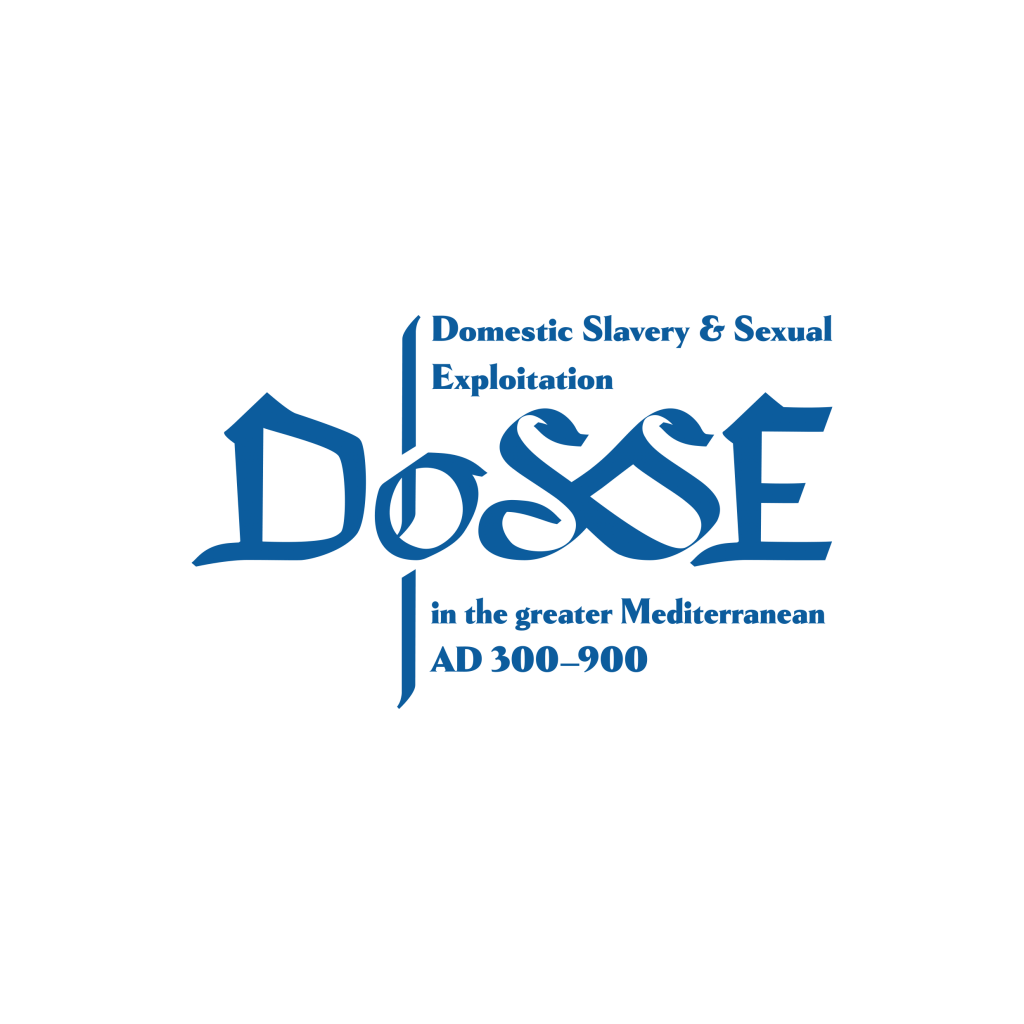
Themes
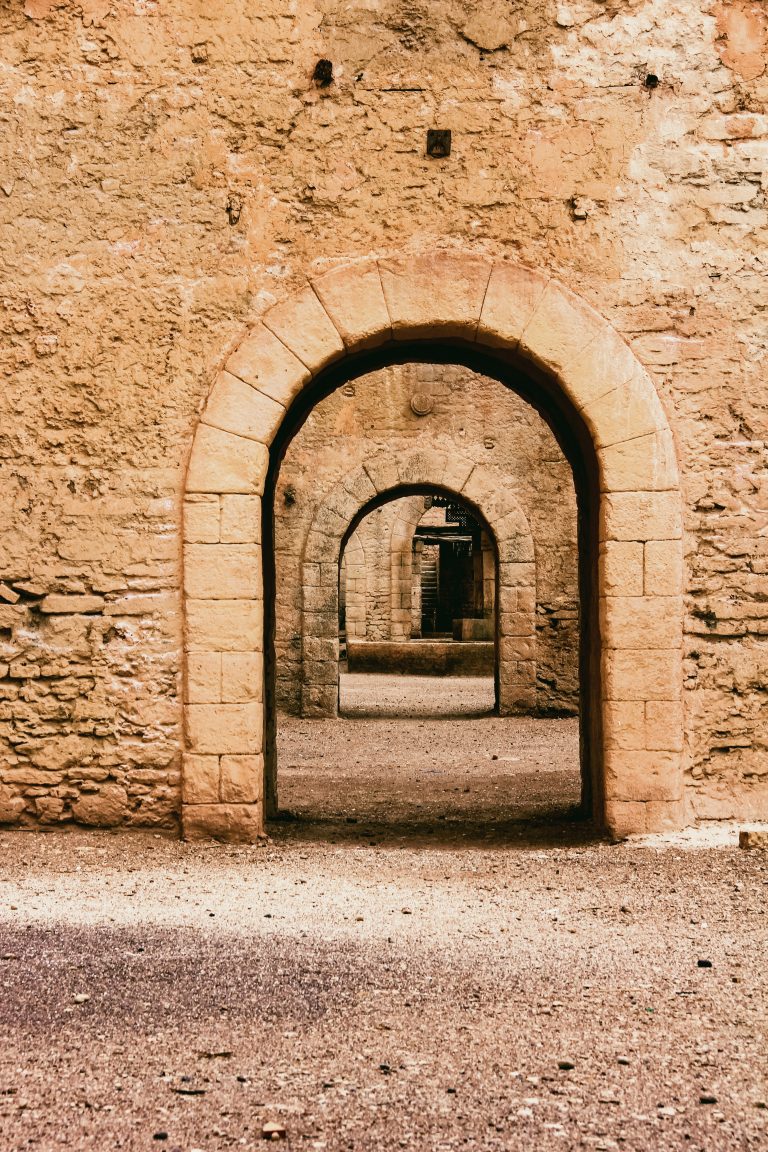
The collaborative effort and success of the research team depends upon the ability of each individual researcher to relate his or her work to the team’s overall collective investigation, and to speak to the central issues that underpin the entire project. In order to achieve this objective, and to act with a common purpose, each researcher will orient his or her work toward the following themes:
- Evolving networks of supply and demand
- Manumission
- Identity and self-perception
- Differentiation and hierarchy
- Social plasticity
- Unfree agency
- Heredity stigma
- Resource polygyny
- Status and display
- Sexual hospitality, prostitution, renting out the unfree
- Offspring and legitimacy
- Slave reproduction
- Emotive relationships
- Wet nursing, child care, surrogacy
- Relationships between female slaves and free women
- Broader household tasks
- Unfree men and boys in domestic contexts
Aims
Objectives
- Systematically analyse the sexual exploitation of domestic slaves as a social practice with its own particular logic and rationale
- Understand the greater Mediterranean world as one interconnected cultural zone that produced diverse Christian, Islamic, and Jewish societies
- Integrate what authors wrote about the social order with the lived hierarchies within the household
- Compare how Christian, Muslim, and Jewish communities interrogated their shared inheritance of ideas and cultural practices
- Locate opinions about the sexual use of domestic slaves and track the exchange of ideas across religious, linguistic, and political boundaries
- Correct the deficiencies within scholarly literature that has resulted from the tendency to treat East and West in isolation
- Reconstruct the motivations and justifications for the sexual use of domestic slaves (compared to that of wives, etc.)
- Analyse the vocabulary used for domestic slaves across the region and identify instances of invention, redefinition, and cross-fertilisation
- Develop a methodology to connect the intellectual output of the elite (and its embedded values) to the lived experience within the household
- Track the extent to which Roman laws about domestic slavery impacted the jurisprudence of Christian, Islamic, and Jewish authorities
- Explain the overlap and divergence in moral and religious guidance across confessional boundaries
- Apply a consistent methodological approach that recognises gender as a key organisational principle in the hierarchical composition of the societies under investigation



